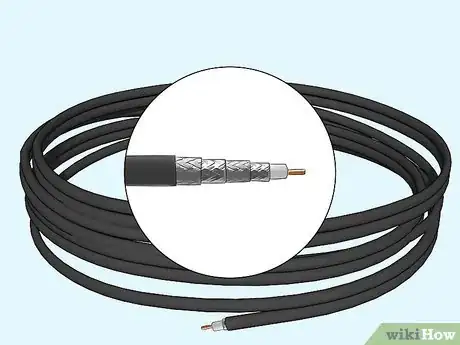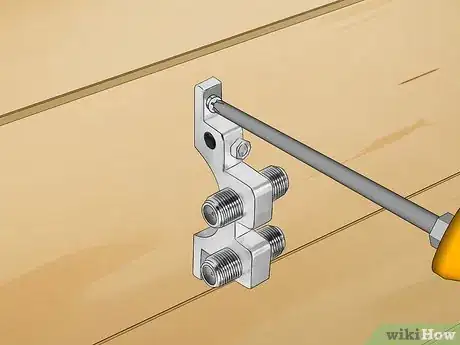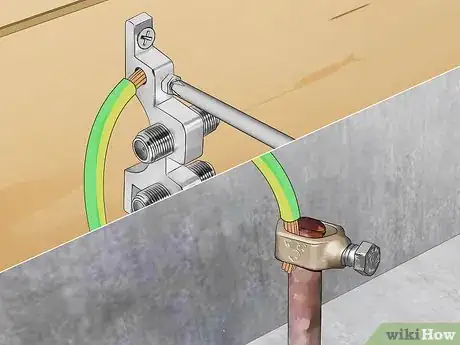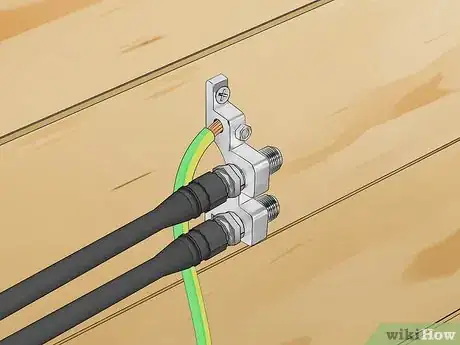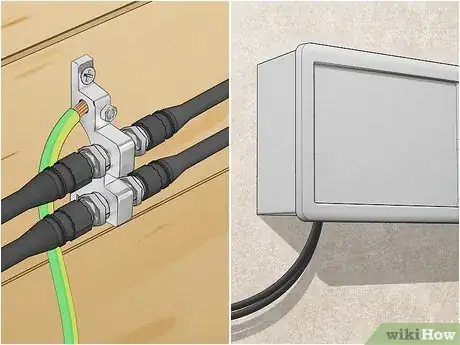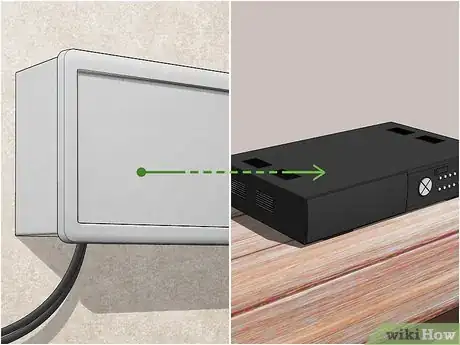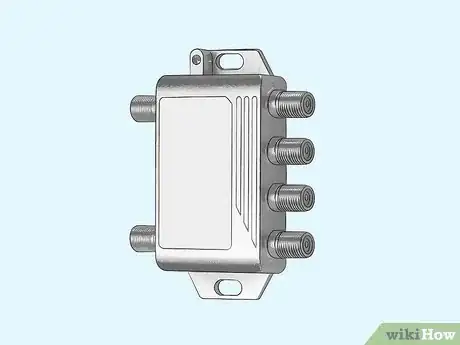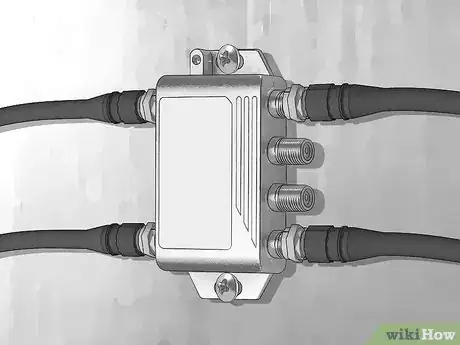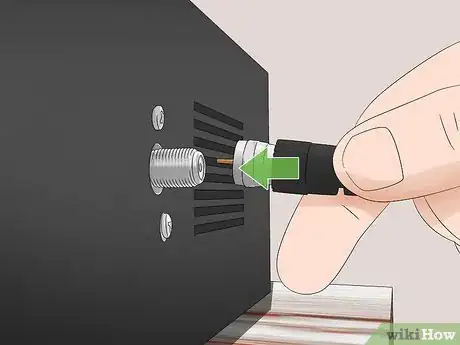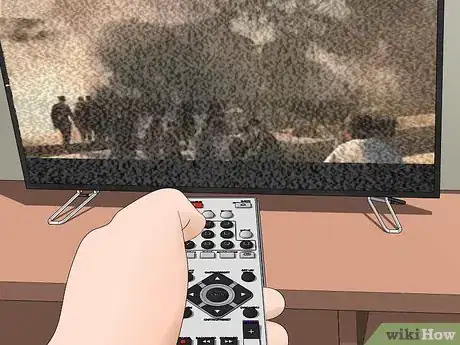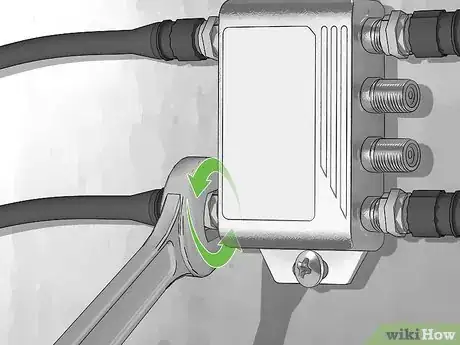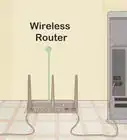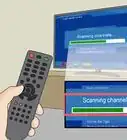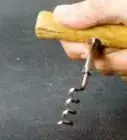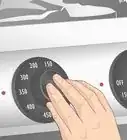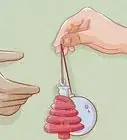Explore this Article
IN THIS ARTICLE
Other Sections
X
wikiHow is a “wiki,” similar to Wikipedia, which means that many of our articles are co-written by multiple authors. To create this article, 17 people, some anonymous, worked to edit and improve it over time.
This article has been viewed 404,898 times.
Learn more...
Install coaxial (coax) cable between your DirecTV (DTV) dish and receivers the way you want it run. Add an old receiver to the system without incurring installation labor costs by doing it yourself.
Steps
1
Get some coaxial cable.
-
The quality and length of cable depends on your devices. Select a quality "RG6" (or "RG6 Quad Shield" for longer runs) coaxial cable for installation between the dish and each tuner.
- Since most Direct TV (DTV) DVRs and TiVOs have dual tuners, consider running two cables instead of just one.
- In the case of the DTV High Definition DVR or DTV High Definition TiVO, consider three cables if you wish to connect an "off air" antenna to receive local channels that are not available from DTV.
- If DVRs are not planned, installing one cable will supply a simple DTV receiver.
Advertisement
2
Install a ground block.
-
Install in a convenient location between the dish and your home. You can locate the ground block inside the home, but it should be as close to the point of entry as possible. If unable to purchase a ground block to accept all inputs and outputs, you'll need to add additional ground blocks as needed to accommodate all the connections.
3
Install a grounding wire.
-
Install a #10 copper wire between the house ground point and the grounding terminal screw of the new ground block. The house ground point can be a ground rod, electric meter, or similar. These two points must be connected together.
- Use a clamp designed for the purpose to connect the #10 wire to the house's ground point.
- Do not under any circumstances disconnect or loosen existing ground connections to install the new #10 wire.
- Leave enough ground wire to "thread" through each ground block(s) ground terminal.
- Route the cable and secure with staples to the mounting surface.
- Securely tighten the ground terminal screw to the ground wire.
Advertisement
4
Connect the dish to the ground block.
5
Connect the ground block to a central location.
-
Run the same number of cables that were run into the ground block to a central location. A utility closet, a point near the telephone distribution block or electrical panel area is ideal. Label the coax cables "dish" or other meaningful manner. Be sure to label the coax from a roof top antenna if extended from the ground block.
Advertisement
6
Connect the tuner to the same central location.
7
Select a multiswitch.
-
Choose a multiswitch by determining how many inputs and outputs are needed. The number of inputs equals the number of LNBs on the dish plus one. A dual LNB dish would require a three input multiswitch. The extra input is to mix in an "off air" antenna or CATV signal. The number of outputs of the multiswitch equals the number of tuners (not the number of receivers or set top boxes) in your system.
- A system of three set top boxes consisting of two DTV receivers and a DTV DVR or TiVO with two tuners would require a four output multiswitch. Of course, if you add another receiver later, you'll need a multiswitch that has additional outputs. Try to buy a multiswitch with enough extra outputs to allow your system to "grow".
- Cascadable multiswitches can be installed "down line" from other multiswitches, but must be identified for that use.
- Multiswitches become more expensive as the number of inputs and outputs increase. DTV will install as many as needed free of charge when they add or change equipment such as receivers or antennas. It's best to let DTV do this, but there is no reason why you can't if the cost is not an issue.
Advertisement
8
Connect the multiswitch.
-
Mount the multiswitch(es) and connect them to the dish input connector. You'll also need to connect the dish coax cables to the dish input connector, and the antenna or cable TV coax to the antenna input connector. Connect the coax cables from the receivers to the multiswitch output connectors. Snug the connectors to "finger tight" for now.
9
Connect the receiver to the tuner.
-
At the receiver end, connect coax cables(s) to each tuner input(s). The satellite cables connect to the satellite inputs - it does not matter which one. If you ran only one satellite cable, connect it to satellite input 1.
- If this is a location that will need an off air antenna input as well, instead of connecting a cable directly into the tuner, connect it to a "diplexer" input instead. The diplexer will have a diagram indicating satellite and UHF/VHF connections. The diplexer "satellite out" connects to the DTV receiver tuner, and the UHF/VHF can connect to the "antenna" or "CATV" input of the DTV set top box OR even an FM Stereo receiver.
Advertisement
10
Check picture quality at each location.
11
Tighten the connections.
Community Q&A
-
QuestionDo I just run two coax cables from my TVs to the dish to set it up?
 Community AnswerYes.
Community AnswerYes. -
QuestionHow do I connect coax wires with red, white, yellow?
 Community AnswerYou can use an RF modulator (available anywhere home electronics are sold) to go from composite video (YELLOW) and left (WHITE) and right (RED) audio to coax to TV. It should work on either Channel 3 or 4.
Community AnswerYou can use an RF modulator (available anywhere home electronics are sold) to go from composite video (YELLOW) and left (WHITE) and right (RED) audio to coax to TV. It should work on either Channel 3 or 4. -
QuestionWhere can I buy a cable cord when I want to move the TV to a different location in the house?
 Community AnswerMost department, hardware, or electronics stores will sell coax cables in different sizes (Lowe's, Home Depot, Target, Walmart, Best Buy, etc.).
Community AnswerMost department, hardware, or electronics stores will sell coax cables in different sizes (Lowe's, Home Depot, Target, Walmart, Best Buy, etc.).
Advertisement
Warnings
- NEVER install "splitters" on satellite feed coax cables. Multiswitches are the satellite equivalent of CATV "splitters" and are not interchangeable.⧼thumbs_response⧽
- DESq switches are a multiswitch for use on Dish Network satellite systems. They are incompatible with a Direct TV system and must not be used.⧼thumbs_response⧽
- Locate the multiswitch near a 120 volt outlet, as some require power for internal amplifiers.⧼thumbs_response⧽
- Install only one diplexer on a cable after a multiswitch. 2 or more diplexers on the same cable will result in degraded signals.⧼thumbs_response⧽
- Do not use RG59 cable. It lacks the bandwidth for today's satellite and CATV system requirements. Use only RG6 if run less than 100 feet (30.5 m). RG6QS cable is suitable for all installations, and required for runs greater than 100 feet (30.5 m) in length.⧼thumbs_response⧽
- This article is about installing cables for a non "SWM" Direct TV system. While many of the steps are applicable to a Dish Network or Cable TV installation, there are some important differences, so this wiki should not be used as a guide for installing those systems.⧼thumbs_response⧽
Advertisement
You Might Also Like

How to
Use Satellite Internet

How to
Install DIRECTV Satellite TV

How to
Build a Secret Laboratory
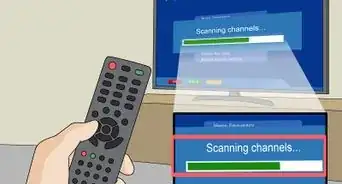
How to
Install and Set Up Free to Air Satellite TV Program Receiver System

How to
Install a Satellite Dish

How to
Program a DirecTV Genie Remote

How to
Cancel DIRECTV

How to
Cancel Dish Network

How to
Program a Dish Network Remote
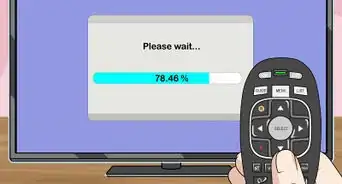
How to
Program a Direct TV Remote Control

How to
Install Dish Network Satellite TV Indoors

How to
Watch Satellite TV on a PC
-on-a-PC-Step-7.webp)
How to
Receive Satellite Signals (and Other Sources) on a PC

How to
Access DIRECTV Apps
Advertisement
About This Article
wikiHow is a “wiki,” similar to Wikipedia, which means that many of our articles are co-written by multiple authors. To create this article, 17 people, some anonymous, worked to edit and improve it over time. This article has been viewed 404,898 times.
How helpful is this?
Co-authors: 17
Updated: June 2, 2022
Views: 404,898
Categories: Satellite Television
Advertisement
